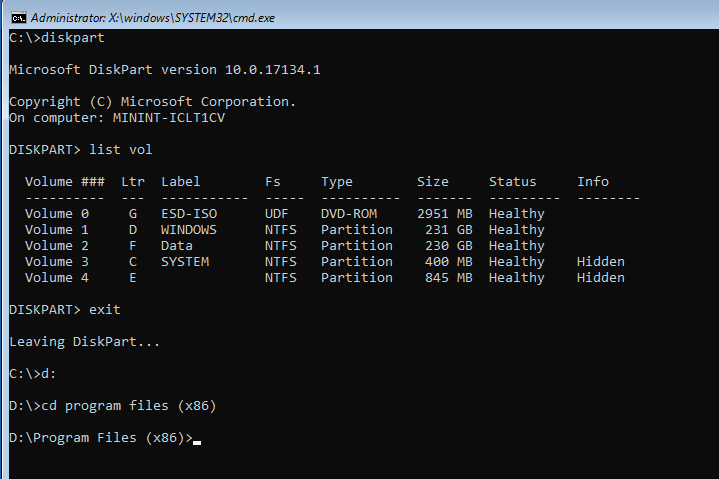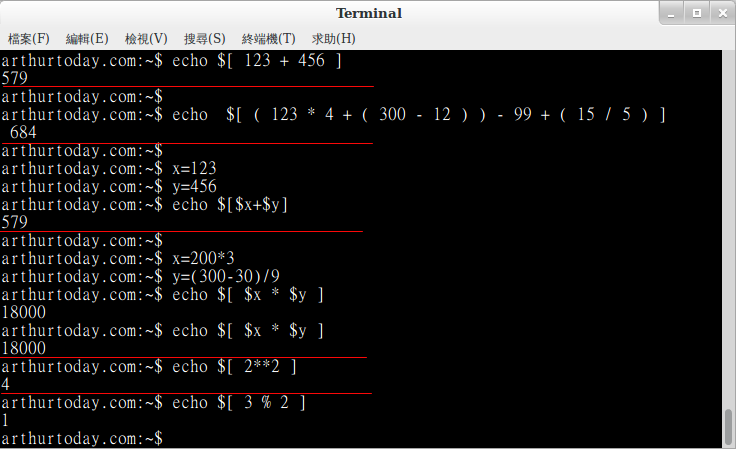

If you are using both instructions, make sure to keep them in exec form. In such cases, the executable is defined with ENTRYPOINT, while CMD specifies the default parameter. There are many situations in which combining CMD and ENTRYPOINT would be the best solution for your Docker container. That’s right, it is possible to have both in your Dockerfile.

What’s more, these two instructions are not mutually exclusive. Docker Entrypoint with CMDĪs you have seen so far, ENTRYPOINT and CMD are similar, but not the same. This is the more reliable solution as shell form can occasionally bring about subtle issues in the process.

Note: There is a way to override the ENTRYPOINT instruction – you need to add the -entrypoint flag prior to the container_name when running the command.Īlthough you can use ENTRYPOINT and CMD in both forms, it is generally advised to stick to exec form. You can check to see whether it is available among the locally stored images by running: sudo docker images The output will tell you the name of the container. Since we are still in the MyDockerImage directory, you don’t need to specify the location of the Dockerfile, just build the image by running: sudo docker build. The next step is to build a Docker image from the newly made Dockerfile. In the content above, you can see that we used the CMD instruction to echo the message Hello World when the container starts up without a specified command.Ħ. Then, add the following content to the file: FROM ubuntu Open the Dockerfile with your favorite text editor: nano DockerfileĤ. Move into that folder and create a new Dockerfile: cd MyDockerImage sudo touch Dockerfileģ. Start by creating a new MyDockerImage folder to store your images in: sudo mkdir MyDockerImageĢ. Creating a Dockerfile with CMD and Building an Imageġ. To show you how CMD works, we will create a sample container with a CMD instruction. Therefore, if you add an argument to the command, you override the CMD. The CMD instruction is only utilized if there is no argument added to the run command when starting a container. In that case, the container runs the process specified by the CMD command. You can run this image as the base of a container without adding command-line arguments. Docker CMDĭocker CMD defines the default executable of a Docker image. However, try to keep all your instructions in exec form to prevent potential performance issues.

#Cmd c echo x86 install#
SCCM uses 32-bit cmd to install any application (this can be verified by checking task manager you will find cmd*32), which is equivalent to c:\windows\syswow64\cmd.exe.


 0 kommentar(er)
0 kommentar(er)
